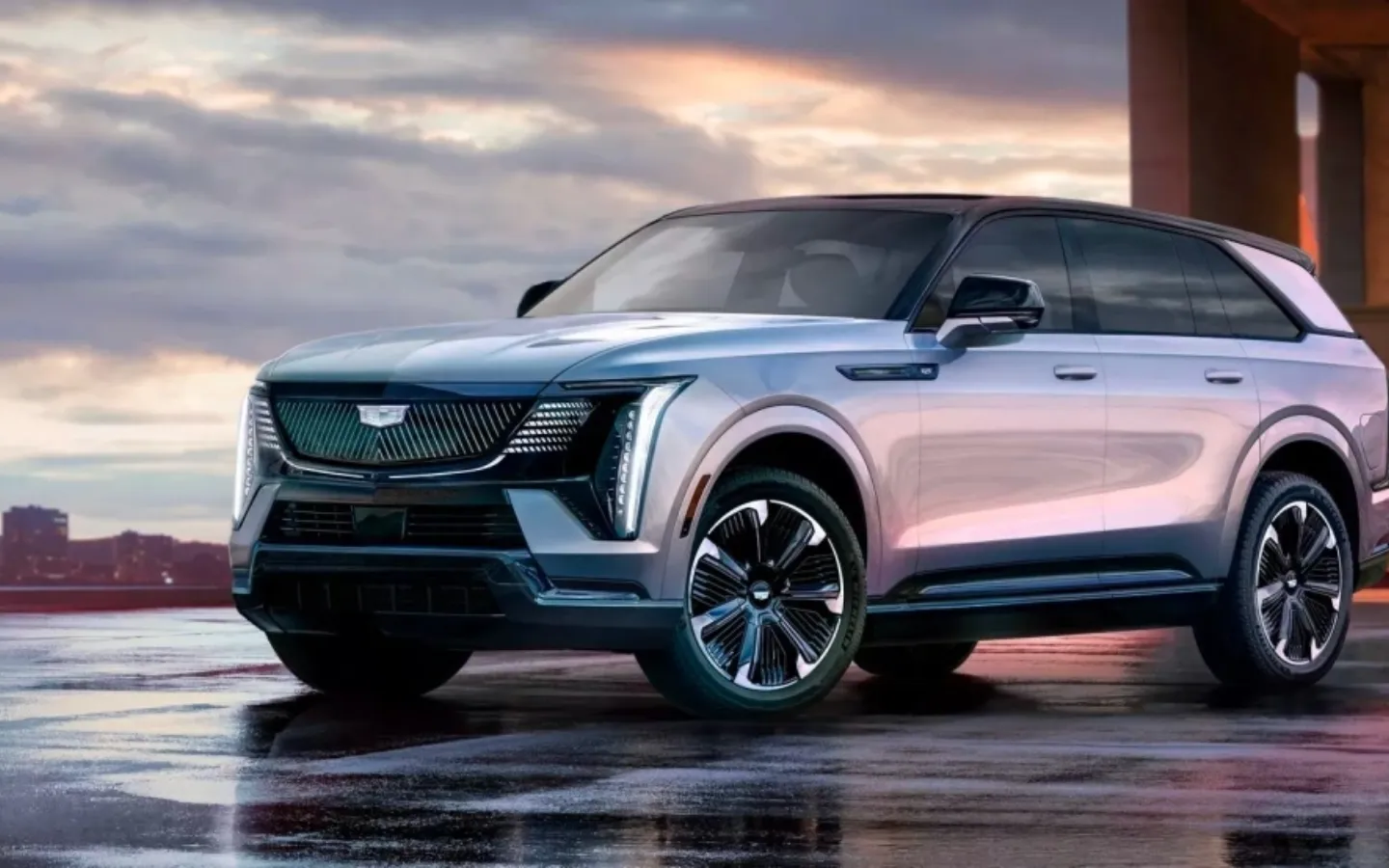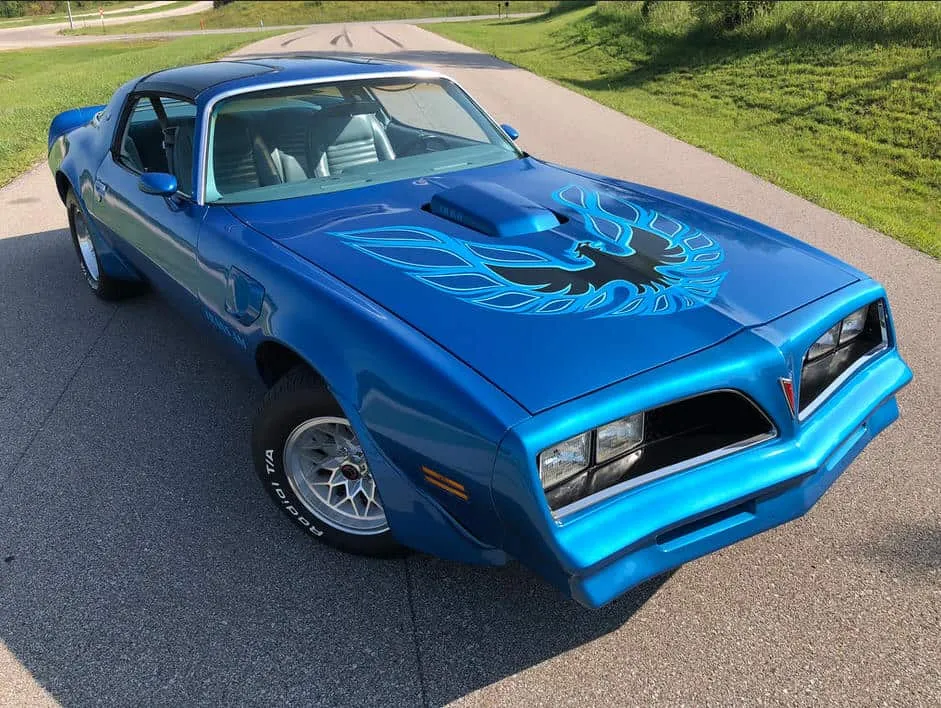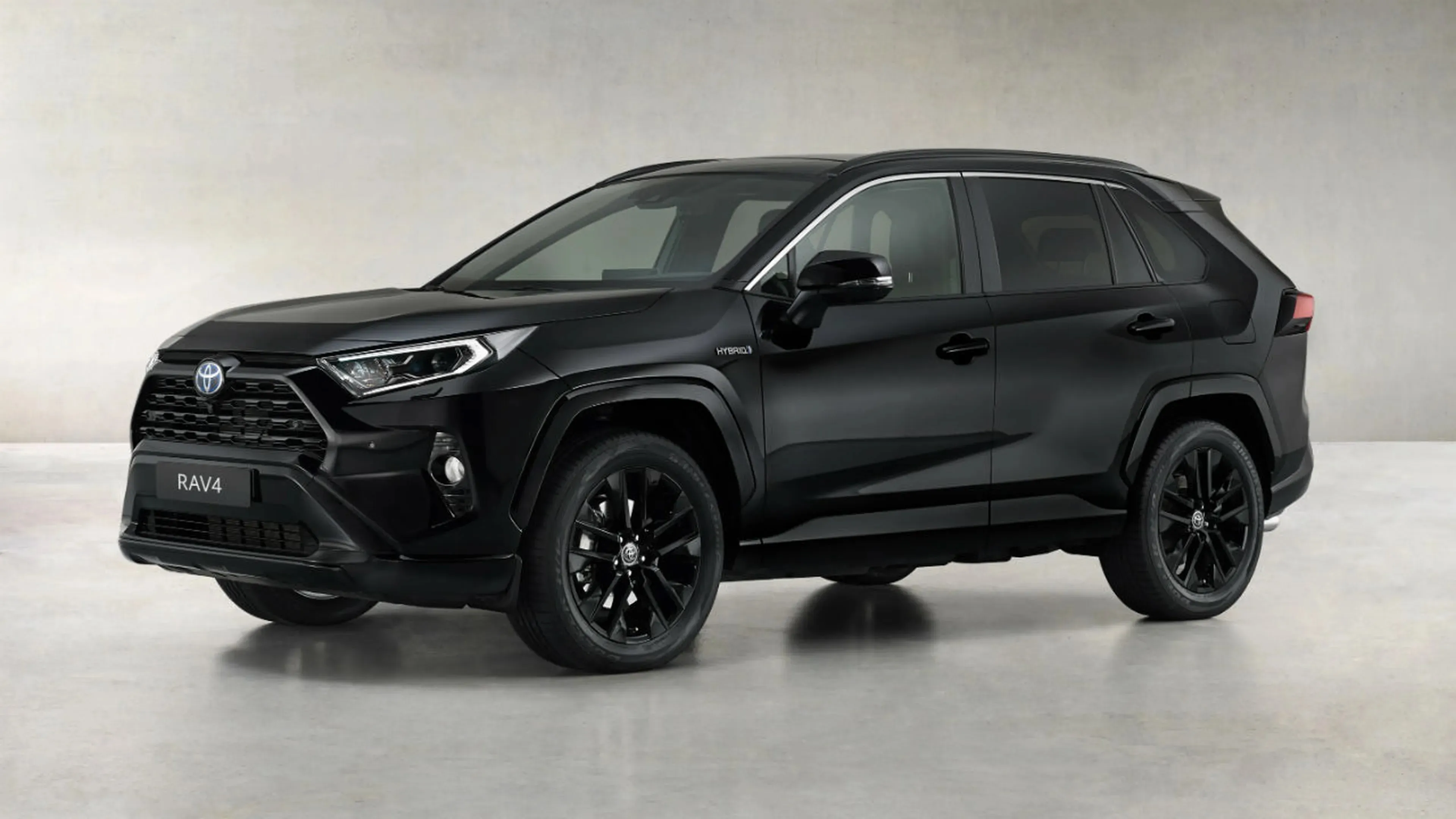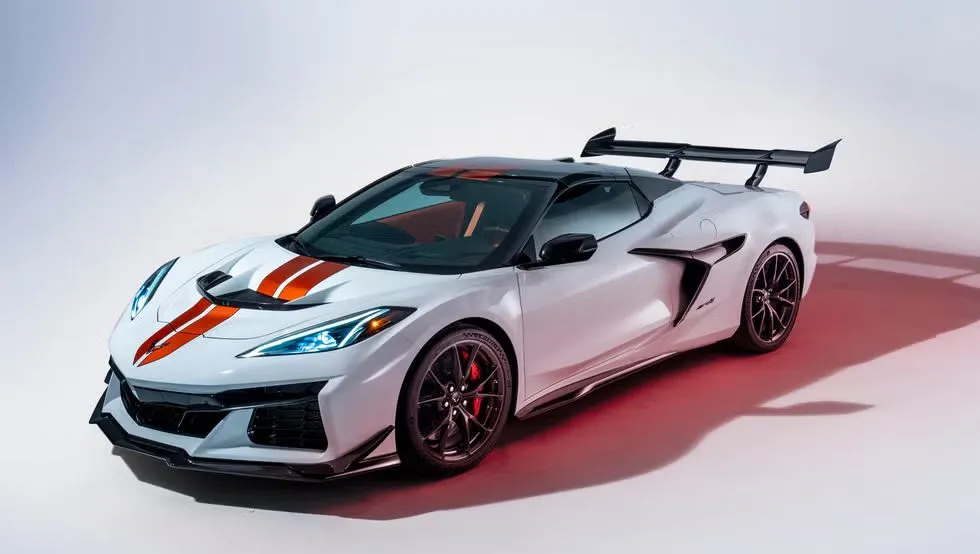Imagine a car that learns not just to follow traffic rules, but to think and respond like a seasoned human driver, one that adapts to tricky intersections, chaotic roundabouts, or that sudden jaywalker in the middle of the road. That’s exactly what Nissan is aiming for with its newest partnership, and it's making waves across the auto and tech industries.
In a major leap toward the future of driving, Nissan announced it will integrate AI-powered self-driving software from British startup Wayve into its vehicles starting in 2027. The groundbreaking collaboration is not just another shiny “ADAS” (Advanced Driver Assistance System) update, it’s a step closer to intuitive, human-like autonomy on the road.
What’s Actually Happening?
Let’s start with the basics: Nissan’s upcoming vehicles will feature an upgraded version of ProPilot, their existing driver-assistance platform. But this version will be supercharged by Wayve’s “Embodied AI” software, a self-learning, flexible autonomous driving system that doesn’t rely on rigid rulebooks or fixed sensor stacks.

Wayve’s tech will allow Nissan vehicles to handle complex real-world scenarios with far more nuance than what today’s systems can deliver, including advanced collision avoidance and real-time environmental adaptation.
This update is slated for 2027, and though Nissan hasn’t named which models will debut the tech, the expectation is clear: this is the future standard, not just a premium feature for luxury trims.
What Is Wayve, and Why Should You Care?
Founded in 2017 in the UK, Wayve is one of the most exciting startups in the autonomous driving space. What makes it special is its self-learning AI instead of programming rules for every single driving scenario, Wayve trains its software using massive datasets from real-world driving.
Think of it like teaching a child to ride a bike by watching people do it, rather than giving them a step-by-step manual.
This learning-based approach is what sets Wayve apart from most traditional autonomous driving systems, which are built on HD maps, pre-coded logic, and endless sensor dependencies.Wayve’s AI learns, adapts, and improves continuously.
How Is This Different from Tesla?
Like Tesla’s Autopilot and FSD (Full Self-Driving), Wayve’s system is camera-first and not dependent on high-definition maps. However, Wayve’s key difference is that it wants to license this technology to carmakers — not just keep it for itself. That’s huge.
Whereas Tesla builds its own cars and vertically integrates everything, Wayve is offering its AI brain to automakers like Nissan, potentially making human-like autonomy available to millions more vehicles worldwide, across many brands.
In other words, Wayve is saying, “We’ve built the brain, and we’ll let you use it.”
Inside Wayve’s “Embodied AI”
So what exactly is “Embodied AI,” and why is everyone from Microsoft to SoftBank to Nvidia and Uber throwing money at it?
Embodied AI refers to an AI system that learns by being immersed in the real world through data collected from sensors like cameras, radar, and lidar. It doesn’t just process inputs; it develops a nuanced understanding of how to behave in unpredictable environments.
This kind of AI doesn’t just recognize that an object is a bike, it understands that the person riding that bike might swerve to avoid a pothole. It doesn’t just detect a red light, it anticipates that the car in front might slam the brakes at the last second.
That’s the holy grail of autonomous driving: not just seeing, but understanding.
Wayve’s AI has been trained on massive datasets of real-world driving, and it’s designed to get smarter with every mile driven both in the test fleet and eventually in consumer vehicles.
What Will This Look Like in 2027?
When Nissan brings this tech to market, the system will qualify as Level 2 autonomy, meaning the vehicle can handle multiple driving tasks like accelerating, steering, and braking under certain conditions. But a driver must remain attentive and keep their hands on the wheel.

That might not sound revolutionary at first, but it’s a big leap compared to what most Level 2 systems today can actually do especially in complex city environments.
The real magic, though, is what happens under the hood:
-
Real-time decision making based on current conditions.
-
Not tied to expensive sensors or detailed 3D maps.
-
Works with the car’s existing GPU hardware — meaning cheaper to implement at scale.
-
Continuously learns and improves from real-world driving data.
It’s not fully autonomous — yet. But it’s a much smarter co-pilot than anything currently sitting in most driveways.
The Tech Behind the Scenes
Nissan and Wayve haven’t revealed everything, but a few key technical notes are worth highlighting:
-
Lidar sensors will be part of the mix, sourced from an undisclosed supplier.
-
Nvidia’s Orin system-on-chip powers Wayve’s test fleet, but the software is flexible enough to work with other GPU setups, this makes integration more affordable for carmakers.
-
No reliance on HD maps makes it possible to scale the system globally without months of map updates.
-
The system is modular, which means Nissan can pick and choose how deep it wants to go with automation from advanced driver assistance to near-autonomy.
What Nissan Says About the Future
According to Shiro Nagai, a spokesperson for Nissan, this collaboration is about building cars that can drive as carefully and intelligently as a skilled human.
He called Wayve’s AI a “foundation model” that allows for wide adaptability across various vehicle platforms and environments from crowded urban streets to open highways.
It’s not just about safety; it’s about building trust between the driver and the machine. Because when drivers feel the car understands the road like they do, they’re more likely to embrace the tech.
Why This Is a Huge Deal for the Industry
The implications go far beyond Nissan. This deal is proof that the future of self-driving doesn’t have to be an all-or-nothing leap to Level 5.
Instead, carmakers can incrementally adopt smarter, more intuitive AI systems, improving safety, reducing fatigue, and setting the stage for full autonomy down the line.
And with Wayve leading the way, we’re looking at an industry-wide shift where self-learning software becomes the new backbone of intelligent driving.
It’s also a validation of Wayve’s business model selling the brain, not the whole car which could turn the startup into the Android of autonomous driving.
Self-driving cars have promised us the world for over a decade, and they’ve mostly delivered… traffic alerts and lane centering.
But this partnership between Nissan and Wayve feels different. It’s not about hype, it’s about practical, scalable, adaptable AI that actually works in the real world, with real people.
By 2027, your next Nissan might not just help you drive, it might learn how you drive, and help you do it better. And that’s a future worth getting excited about.



